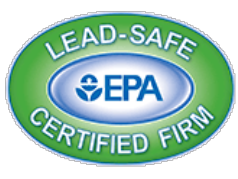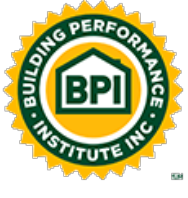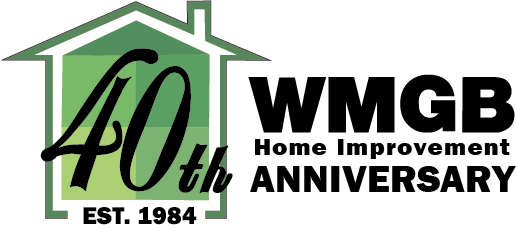
Insulation upgrades for your Western Michigan home can help improve your indoor comfort, lower energy bills, and more. But with so many different insulation types out there, how do you know which one is best for your home? Is one kind of insulation better than another?
Today, let’s go through the basics of a few different common insulation materials, and how each can be used by a professional insulation contractor near you in Grand Rapids, Holland, or Kalamazoo to benefit your home.
Fiberglass Insulation
If you have any experience with insulation, especially older insulation, it’s probably with fiberglass, aka “the pink stuff.” Fiberglass is made from melted glass that’s spun into loose threads—it looks a bit like cotton candy. Fiberglass insulation can be installed in a few ways, but the two most common are:
- The fiberglass has been glued to paper batting and is installed in rolls or sheets.
- The fiberglass is loose-fill and blown-in to cavities in walls or across attic floors.
Fiberglass has been used in homes across the world for decades and is known as an affordable and effective insulating material.
Where fiberglass insulation is commonly installed in a home: Attic floors & walls
Cellulose Insulation
Cellulose insulation is similar to fiberglass in that it can be installed as loose-fill, either across your attic floor or dense-packed into wall cavities, or as pre-formed cellulose batts or blankets. The biggest difference between cellulose and fiberglass is what it’s made of—cellulose is made from recycled newspaper that’s been treated to be fire retardant, so it’s one of the most environmentally friendly (and affordable) kinds of insulation.
Where cellulose insulation is commonly installed in a home: Attic floors & walls
Spray Foam Insulation
Another common insulating material, especially in the last few decades, is spray foam insulation. Also called SPF, or spray polyurethane foam, the spray foam that professional spray foam insulation contractors like WMGB Home Improvement use (not the kind that comes in a can that you buy from a hardware store) is a two-part spray foam that, when installed in a home, expands and hardens into a durable insulation with a high R-value.
One of the additional benefits of spray foam insulation is that when it is installed correctly by a trusted contractor, it also doubles as an air barrier, removing the need for additional air sealing during insulation upgrades. Some types of spray foam are even water resistant, which helps in areas like basements and crawl spaces where exposure moisture could ruin other insulation types.
Where spray foam insulation is commonly installed in a home: Attic rafters, walls, basements & crawl spaces
Rigid Foam Board Insulation
Rigid foam boards are sturdy flat boards of foam insulation, which are cut to size and sealed around the edges with tape or spray foam. Rigid foam board is particularly durable, and also acts as an air barrier for superior home protection.
Where rigid foam board insulation is commonly installed in a home: Attic rafters, walls, basements & crawl spaces
WMGB Can Help You Find the Right Insulation Type for Your MI Home
So now that you know a little more about different types of insulation, how do you make the right decision for your home? Call your local insulation replacement and home performance specialists!
At WMGB Home Improvement, we have completed more than 3,000 retrofits for Western Michigan homes—we know what insulation works best in our climate and how to find the right insulation choice for both newer and older homes. Because every home is different, we take the time to listen to homeowners’ experiences and work to find a home performance solution that addresses energy efficiency or home comfort issues you’re facing, all within your budget.







